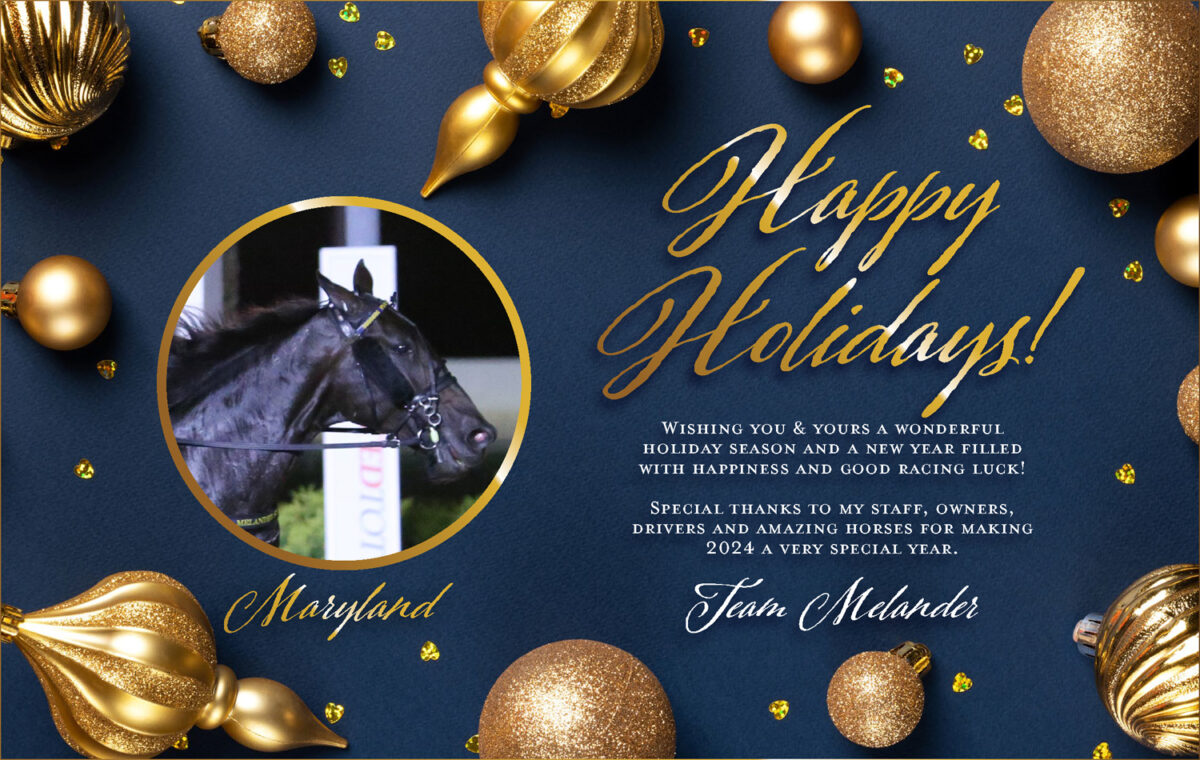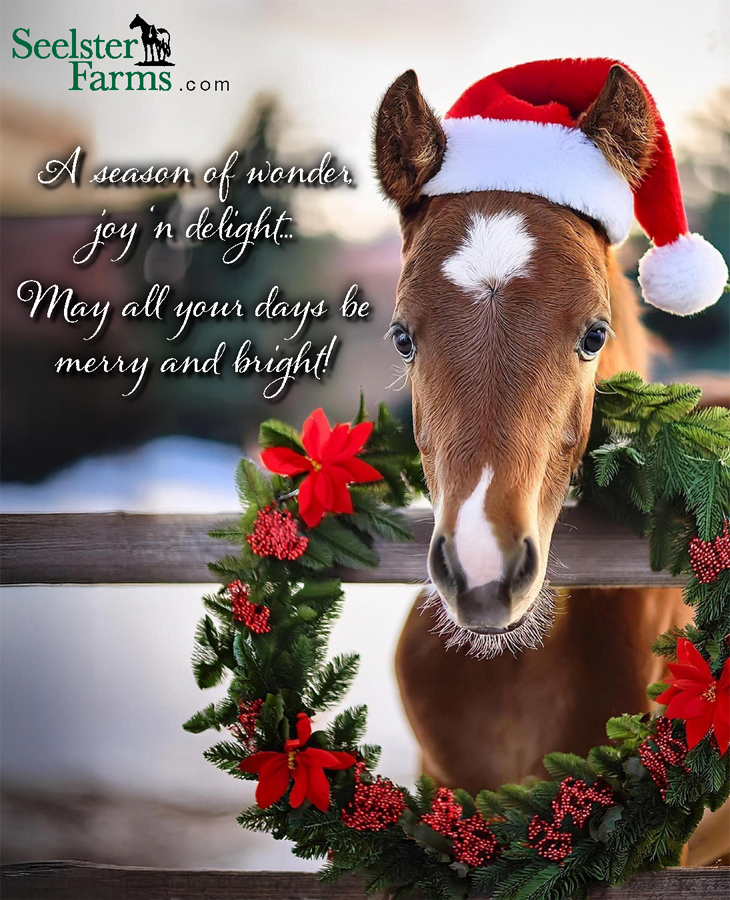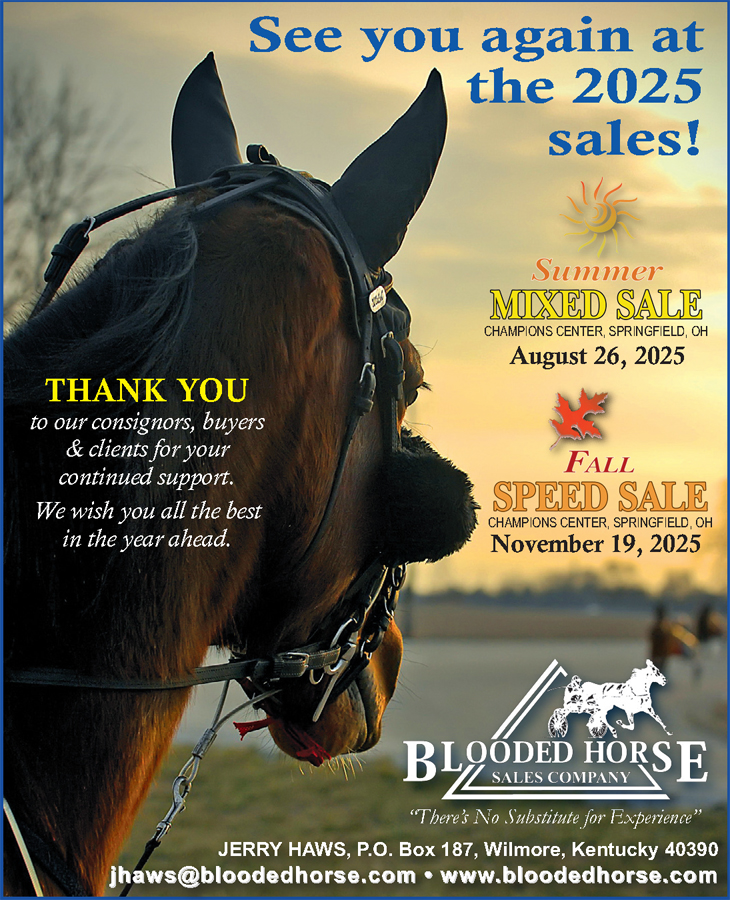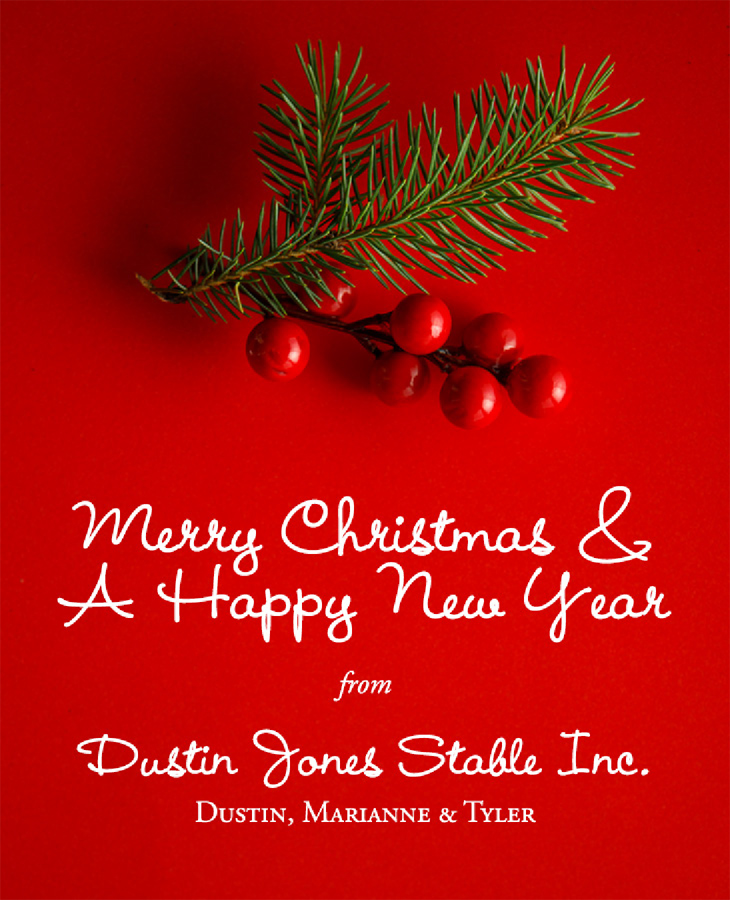

Judge explains why inquiry wasn’t needed in Meadowlands Pace
(Editor’s note: Meadowlands Racetrack owner Jeff Gural sent the following note to HRU on Thursday):
I have received many comments regarding the fact that there was no inquiry put up after the finish of the Meadowlands Pace. Oddly enough, quite a few people think it is my fault, but obviously that is not the case. John Tomassello and his associates do a good job and I did reach out to John and asked him for an explanation as I was also quite curious. I thought it would be helpful to our customers if I attach his response.
— Jeff Gural
Mr. Gural,
After having read Dean Tower’s column in the most recent HRU, I wanted to reach out to you and explain the reason as to why the inquiry sign was not posted as a result of Huntsville being driven with a wheel inside of a hubless rail pylon in the stretch of the Meadowlands Pace.
At the conclusion of every race that is contested, the judges review the stretch run a minimum of two times from various camera angles prior to declaring a race official. It is obvious to everyone who watched the race that the horse, Huntsville, was clearly driven with a wheel just inside of one pylon, he was clearly not inside of two consecutive pylons. It was also clear the horse Huntsville, was not in jeopardy of being disqualified as a result of the single pylon violation. As such, an inquiry was not warranted. The driver was, however, penalized.
Rule 18.23 of the United States Trotting Association establishes the criteria for when a pylon violation occurs and what action shall be taken as a result of such a violation. The rule reads:
A horse while on stride, or part of the horse’s sulky, that leaves the racecourse by going inside the pylons which constitutes the inside limits of the course, when not forced to do so as a result of the actions of another driver and/or horse, shall be in violation of this rule. In addition, when an act of interference causes a horse, or part of the horse’s sulky, to cross the inside pylons and the horse is placed by the judges, the offending horse shall be placed behind the horse with which it interfered.
(a) In races conducted at extended pari-mutuel meetings, for purposes of placing the following shall apply:
1. If a horse while on stride, or part of a horse’s sulky, goes inside two (2) consecutive pylons, the offending horse shall be placed behind all horses that are lapped on the offending horse at the wire;
2. If a horse while on stride, or any part of the horse’s sulky, goes inside three (3) or more consecutive pylons, the offending horse shall be placed last;
3. If in the opinion of the judges a horse while on stride, or part of the horse’s sulky goes inside a pylon(s) and the action gave the horse an advantage over the other horses in the race or the action helped the horse improve its position in the race, the horse may be placed at the discretion of the judges.
(b) In races conducted at extended pari-mutuel meetings, for purposes of penalties the following shall apply; drivers who in the opinion of the judges leave the racing course when not forced to do so as a result of another driver and/or horse may be subject to a monetary penalty or suspended. Penalties for drivers violating this rule are as follows:
1. For the first violation, a monetary penalty of $100 shall be imposed;
2. For the second violation within a year of the first violation and within 750 drives of the first violation, a monetary penalty of $300 shall be imposed;
4. For the fourth violation within a year of the first violation and within 750 drives of the first violation, a minimum monetary penalty of $1,000 and a suspension of 5 days shall be imposed.
The above rule identifies two areas of a horse gaining an unfair advantage while being driven with a wheel inside of the pylon(s). If a horse were to be driven with a wheel inside of one or more pylons to improve its position, such as driving with a wheel inside of a pylon to pass another horse where there is otherwise not sufficient room to do so. And the other area of gaining an unfair advantage based on what would be viewed as traveling a shorter distance or ground saved. The intent of this rule is to clarify when a horse is considered to have gained an advantage of saving ground and to establish consistency in the application of the rule. This point is addressed in the rule by establishing that traveling with a wheel inside of two or more consecutive pylons will result in a disqualification.
A horse being driven with a wheel inside of a pylon has been a common occurrence since the removal of the hubrail 30 plus years ago. Each situation is monitored by the officials and the rule applied accordingly. It is generally not customary to post the inquiry sign each time a horse travels with a wheel inside of a single pylon.
As presiding judge at the greatest harness facility in the country, a position which I am honored and privileged to serve, it is troubling to me when I hear that the wagering public feels that they have been disrespected or their interests have gone unprotected. Without them, our industry would cease to exist. This is a fact that I and my Associate Judges understand very well.
Best Regards,
John Tomasello
Presiding Judge New Jersey Racing Commission















